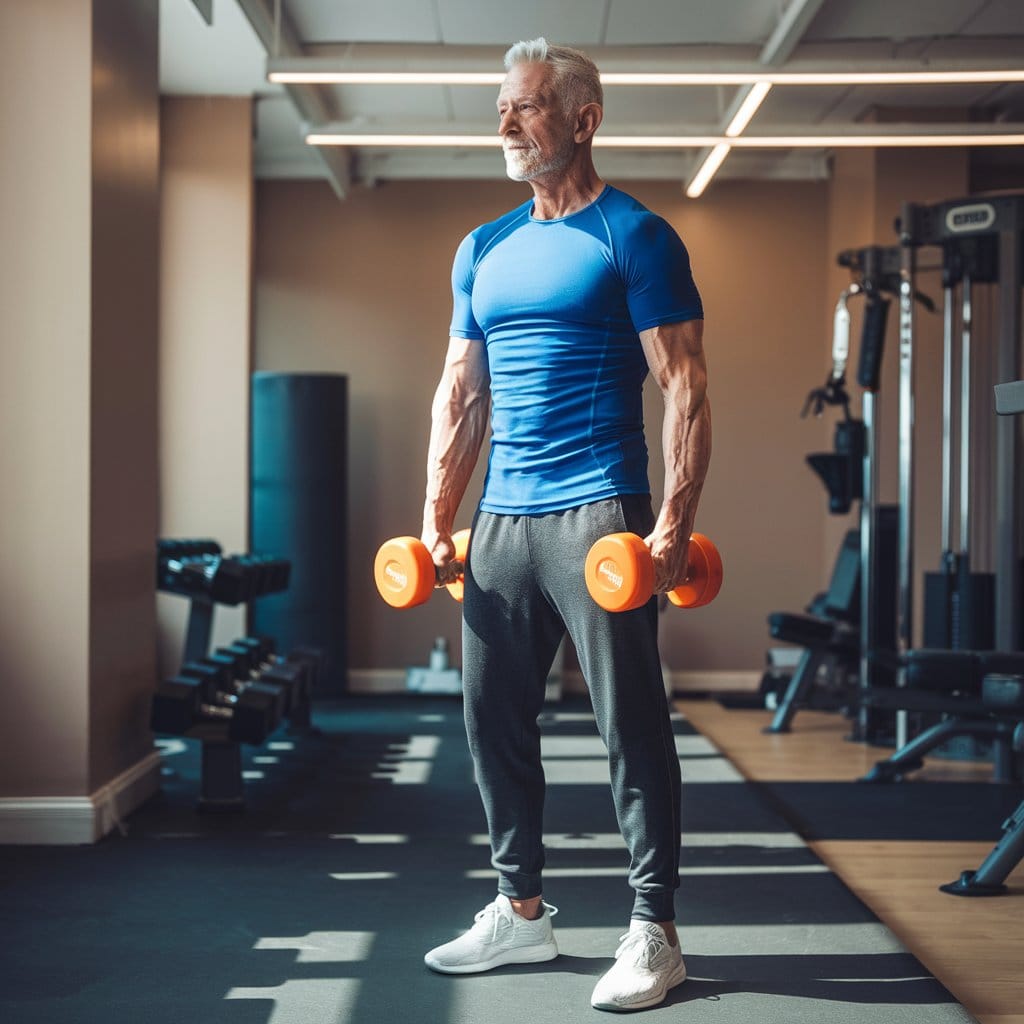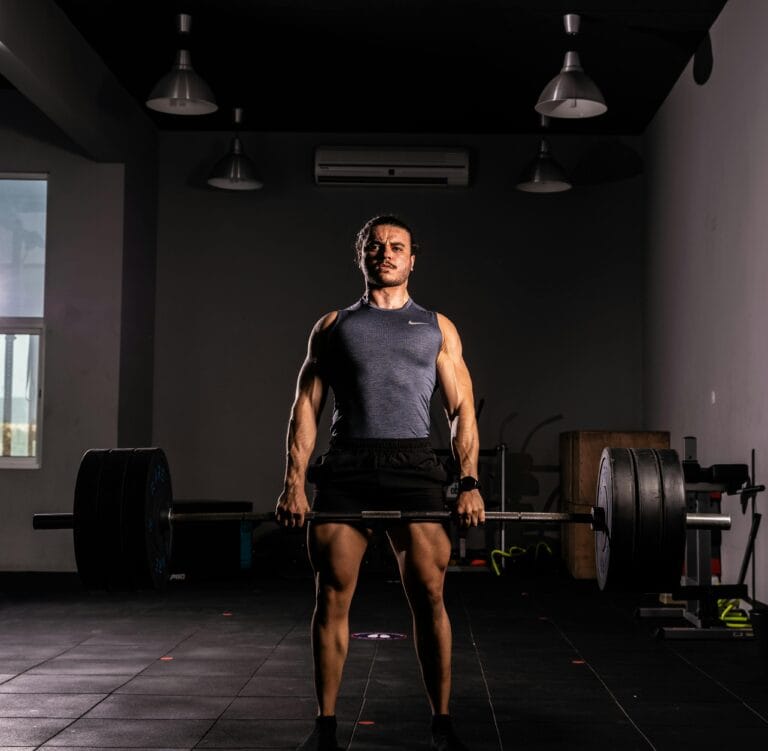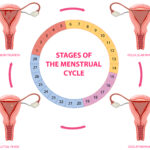FREE SHIPPING OVER $50
The 85-Year-Old Who’s Outlifting Men Half His Age—And His Upper-Body Workout Is Shockingly Simple
You don’t need fancy machines, endless reps, or hours at the gym to build serious strength—even at 85. Meet Harold, a retired school principal who’s been quietly lifting heavier than guys half his age using a no-frills upper-body routine that prioritizes smart movement, consistency, and muscle recovery. His story is more than just impressive—it’s proof that strength training is a lifelong game, and the rules are surprisingly simple.
In an era when extreme fitness trends dominate the internet, Harold’s routine stands out for one reason: it works. Without risking injury or burnout, he’s maintained lean muscle, improved joint health, and stayed remarkably strong through his eighties. His approach isn’t just for seniors—it’s relevant for anyone looking to build strength in a sustainable, low-impact way.
Why Muscle Building Matters After 50 (And Especially at 85)

Muscle loss (sarcopenia) naturally accelerates as we age, especially after 50. By the time you reach your eighties, you can lose up to 30% of your muscle mass if you’re sedentary. That muscle loss can impact everything—from balance and mobility to independence and longevity.
But here’s the good news: strength training remains the most effective way to slow, stop, and even reverse muscle loss. Studies show that older adults who strength train regularly experience:
- Better joint function
- Increased bone density
- Lower fall risk
- Enhanced metabolism
- Greater independence
Harold’s upper-body routine focuses specifically on those benefits—without overcomplicating the process.
What Makes Harold’s Workout So Simple (and Effective)
Harold doesn’t train like a bodybuilder or powerlifter. His goal isn’t aesthetics—it’s functional strength, posture, and long-term health. That said, the results speak for themselves: visible muscle tone, defined arms, strong shoulders, and an injury-free record.
Here’s what sets his routine apart:
- Minimal equipment
- Low-impact moves
- Focus on form, not weight
- High frequency with moderate intensity
- Plenty of recovery and mobility work
Let’s dive into the exact exercises he swears by.
The Simple Upper-Body Workout That Keeps Harold Strong
Harold performs this routine three times per week—usually Monday, Wednesday, and Friday—with light cardio or walking on rest days. He uses light dumbbells (5–15 lbs), resistance bands, and bodyweight, focusing on full range of motion and slow, controlled reps.
1. Seated Shoulder Press: Builds Overhead Strength
Harold starts his workout with a seated dumbbell shoulder press. Sitting down removes momentum and protects the lower back while still targeting the delts, traps, and triceps. He performs 3 sets of 10–12 reps.
2. Resistance Band Rows: Improves Posture and Back Strength
Using a resistance band anchored around a pole, Harold pulls the band toward his torso to work the upper back and biceps. It’s a great low-impact way to strengthen posture muscles. He does 3 sets of 15 reps.
3. Wall Push-Ups: Easy on the Wrists, Tough on the Chest
Instead of floor push-ups, Harold uses a wall. By standing at an angle, he reduces strain on the wrists and shoulders while still engaging the pecs, delts, and triceps. He completes 3 sets of 12 reps.
4. Bicep Curls with Light Dumbbells: Targets the Arms
No upper-body routine is complete without curls. Harold keeps it simple with slow, strict bicep curls using 8 to 10 lb dumbbells, focusing on the mind-muscle connection. He does 3 sets of 12–15 reps.
5. Tricep Extensions: Defines the Back of the Arms
Holding one dumbbell with both hands, Harold performs overhead tricep extensions to hit the often-neglected triceps. He keeps the motion slow and controlled for 3 sets of 10–12 reps.
6. Shoulder Raises (Front and Lateral): Boosts Stability
These are the most challenging part of his routine. Using light weights (5 lbs), Harold raises his arms to the front and sides to target the deltoid heads. He alternates front and lateral raises, 3 sets of 10 each.
7. Wrist Curls: Supports Grip Strength
Grip tends to decline with age, but Harold keeps his wrists strong with light dumbbell wrist curls and reverse curls. These small movements help with everything from lifting groceries to opening jars.
How Harold Supports His Gains Outside the Gym
Working out is just one part of the equation. Harold also follows a few consistent habits that help him build and maintain muscle effectively.
- Prioritizing Protein Intake: At 85, your body becomes less efficient at using protein. Harold eats at least 1 gram of protein per kilogram of body weight daily, focusing on lean meats, eggs, Greek yogurt, and protein shakes.
- Daily Mobility and Stretching: Harold dedicates 15 minutes every morning to stretching and mobility work, focusing on the shoulders, chest, and back. This keeps his joints fluid and helps prevent injury.
- Walking and Light Cardio: Though not intense, Harold walks 1–2 miles daily, keeping his cardiovascular health in check and supporting recovery from his strength sessions.
- Sleep and Recovery: He swears by getting a full 7–8 hours of sleep nightly and taking naps when needed. Muscle recovery is crucial at any age, but especially post-70.
Why This Workout Works at Any Age
The real magic behind Harold’s routine is its scalability. Whether you’re in your 30s or 70s, this type of training can build strength without beating up your joints. Here’s what you gain:
- Sustainable progress
- Lower injury risk
- Increased muscle activation
- More functional strength
- Time-efficient sessions
If you’re chasing gains without risking burnout or injury, Harold’s strategy proves that simplicity is power.
Final Thoughts
Harold’s story shatters the myth that muscle building has an age limit. With a consistent, low-impact routine and smart lifestyle habits, he’s staying strong, mobile, and healthy at 85—and inspiring others to do the same.
So if you’ve been holding back because of your age, busy schedule, or fear of injury, take a page from Harold’s book. You don’t need to lift heavy or spend hours in the gym. Just show up, stay consistent, and keep it simple.
Related Articles
- This German Trick Helped a 45-Year-Old Dad Melt Off 60 Pounds—Here’s How
- 5 Daily Exercises That Double Grip Strength and Reverse Aging
- Weak Bones? 7 Science-Backed Tips to Boost Bone Density (No Meds Needed)
- 5 Exercises That Fix Posture Better Than a Chiropractor (No Equipment!)
- Doctors Agree: This Is the Best Exercise to Fight Aging and Stay Youthful







